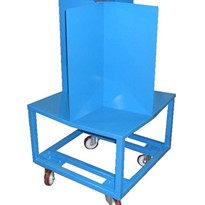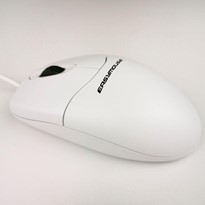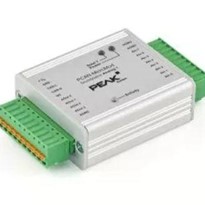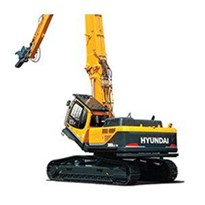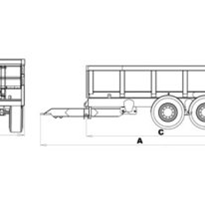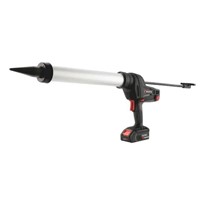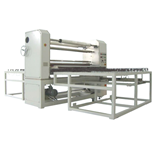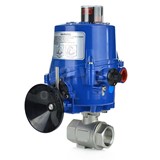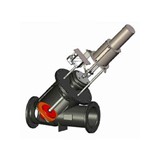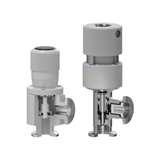It's Upwey's belief that in many cases, such misunderstandings have led plant designers to unnecessarily adopt the very (pneumatically actuated twin pump discharge valving) system which 50 years ago, the "TISO-Check" valves began to replace, thus condemning the installation to additional and recurrent maintenance costs associated with gland packed valves and actuators, as well as the instrument air systems required to power the actuators.
Principle of the TISO-Check valve
In a twin (duty + standby) slurry pump installation, where there is a common discharge line to the next (downstream) slurry processing area, upon start-up of one pump, the TISO-Check valve will, without any external energy source, move the ball to seal off the inlet from the inactive pump.
Hydraulic considerations
- In order for the ball to move from its resting position upon pump start-up, there has to be a temporary (reverse) flow down the inoperative pump discharge line. This flow will stop, as soon as the ball is seated.
- In order for the ball to maintain a seal at the inactive inlet however, the inlet pressure beneath the ball, must never equal; or exceed the internal valve pressure.
For these conditions to be satisfied, requires the following:
- Provision of pressure relief in the inactive inlet line, by allowing backflow through the inactive pump. Do not close the inactive pump suction isolating valve until after the operating pump has reached steady state operating conditions. Backflow through the idle pump will not loosen the pump impeller, as the pump torque is not reversed.
- Location of the TISO-Check valve inlets above maximum slurry level in the feed hopper
- A discharge piping layout which ensures that the internal valve pressure will exceed the pressure under the ball, by a figure which varies with valve size and with slurry properties. Upwey's engineers can provide guidance on this matter.
- An escape route for gland water left running into the inactive pump, by providing a scuttle valve to drain the pump contents.


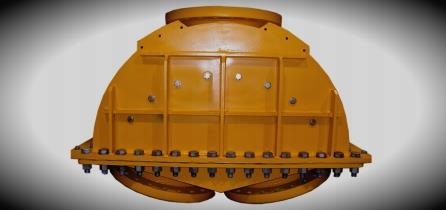
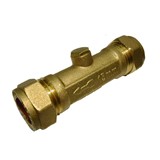
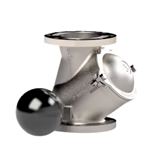

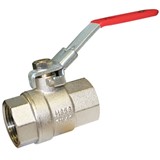
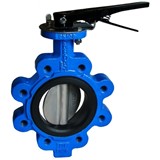
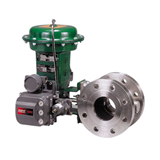
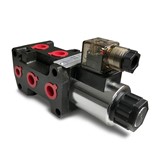
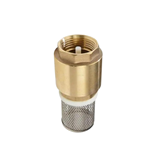
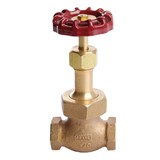
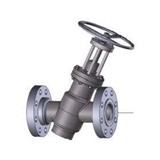
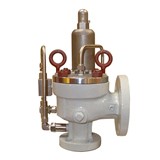
-205x205.jpg)

